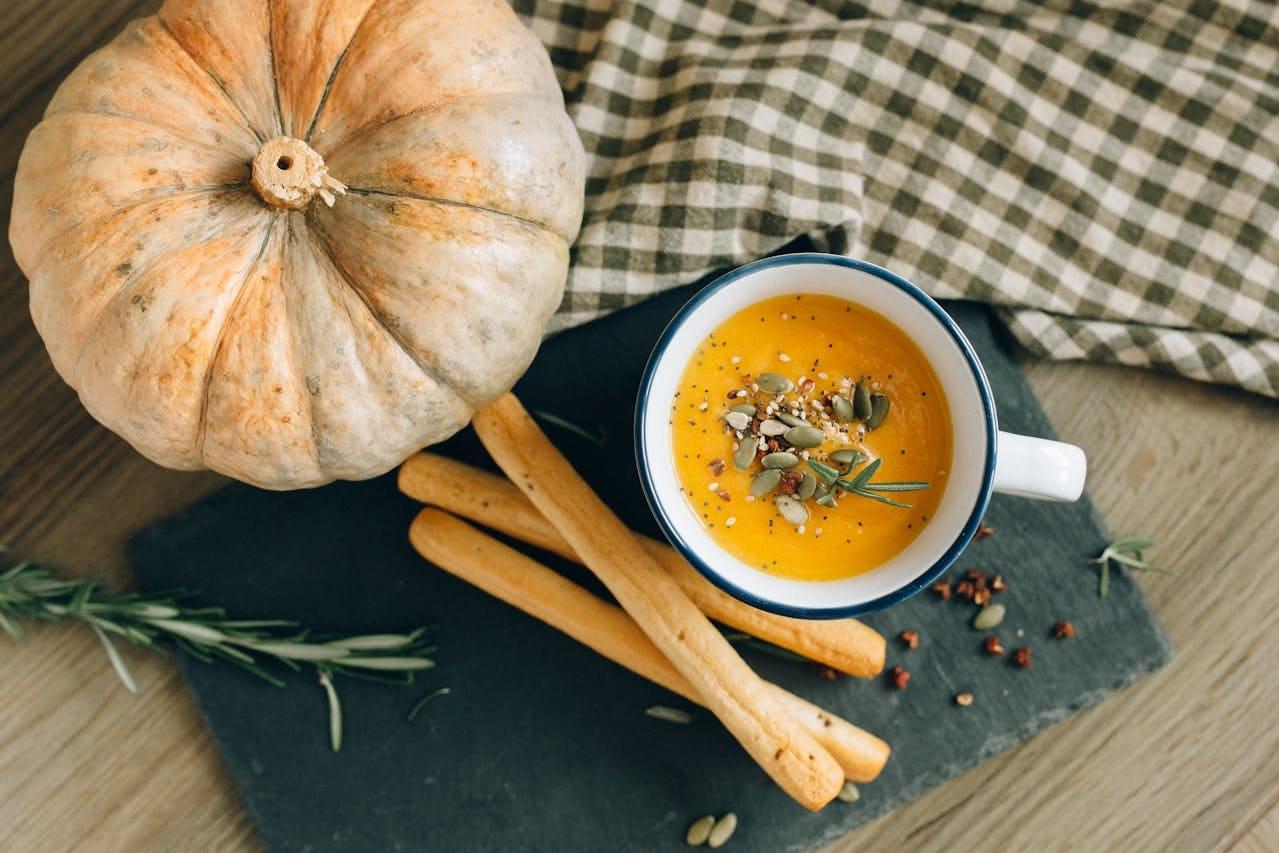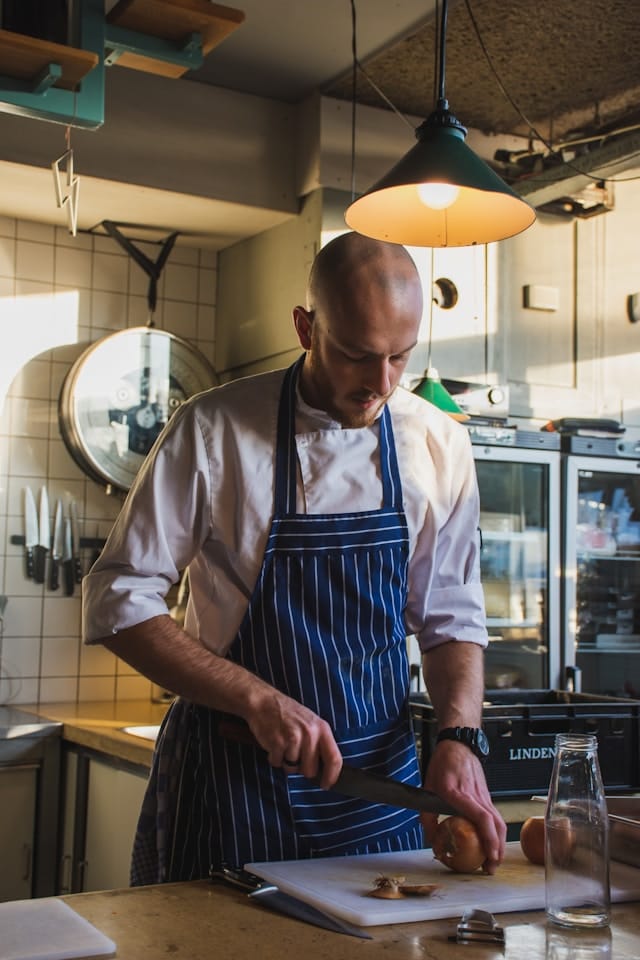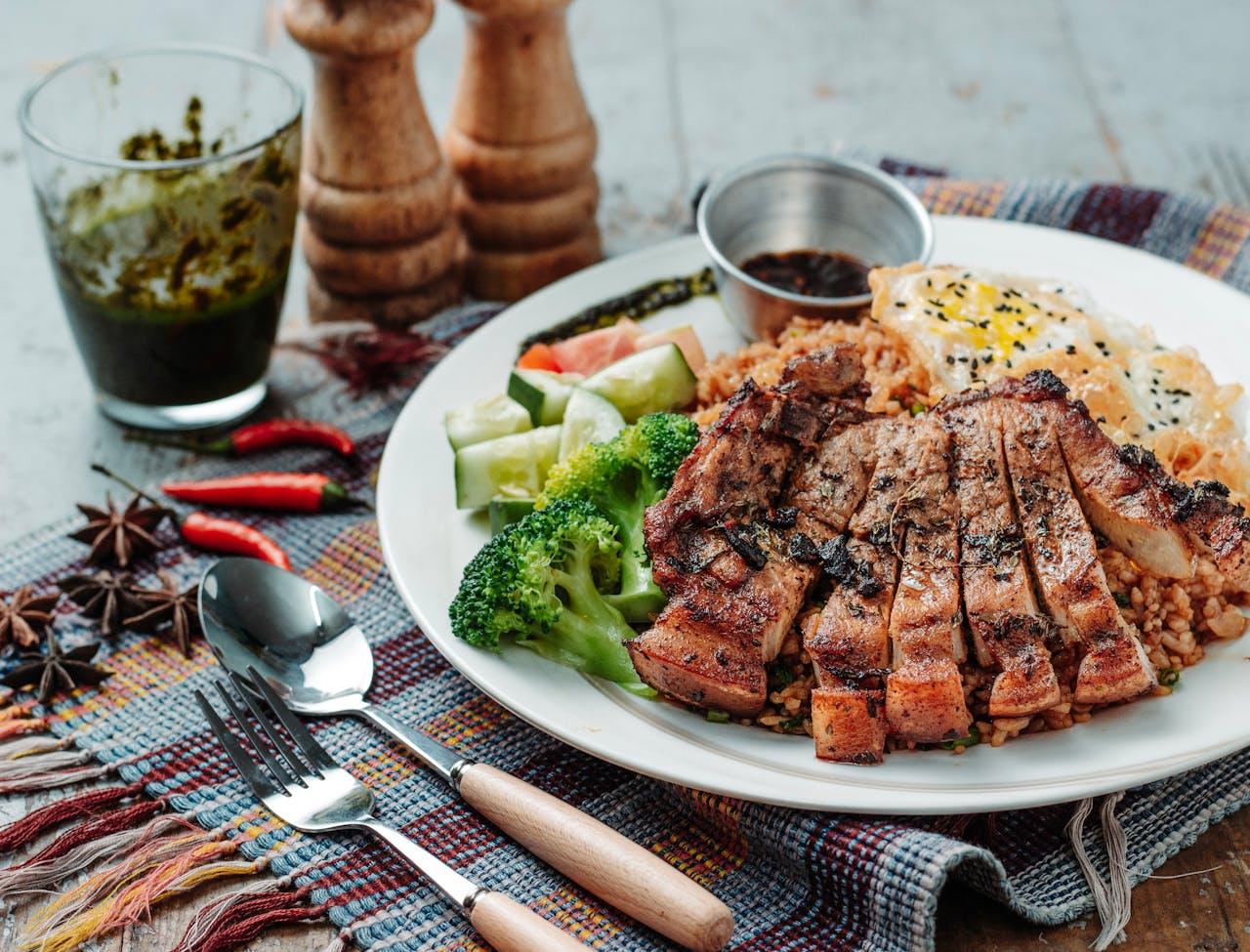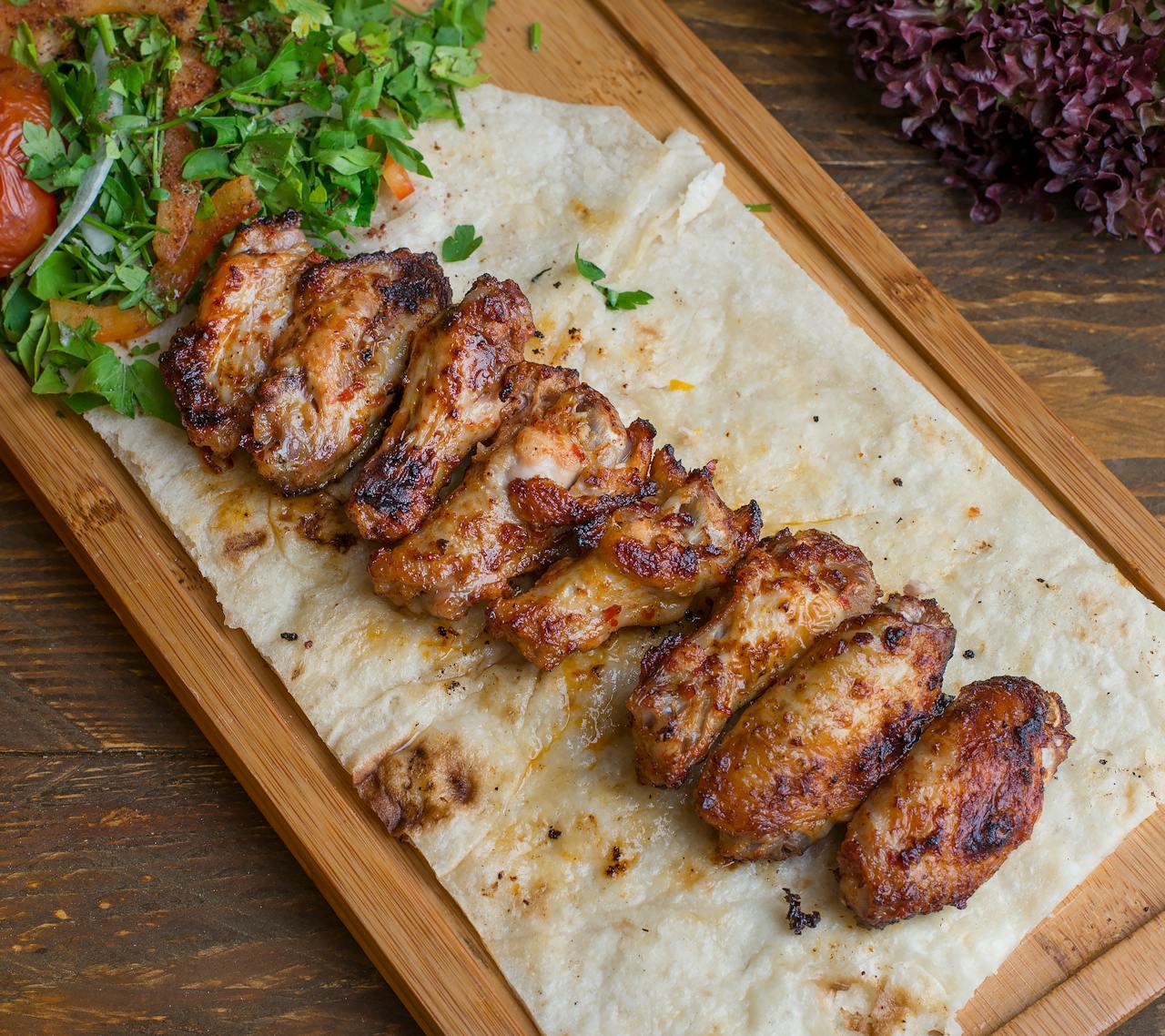Food is more than just fuel for our bodies—it’s a celebration of culture, creativity, and connection. Every bite tells a story, from centuries-old family recipes to modern culinary experiments that push the boundaries of taste. In this article, we’ll explore the diverse world of food, share fun facts, and give tips for enjoying your meals to the fullest.
Ingredients:
Directions:
1 Prep Shrimp – Pat shrimp dry with a paper towel and season with salt and pepper.
Start by rinsing the shrimp under cold water, then pat them completely dry with paper towels. This prevents excess moisture, helping them sear instead of steam in the pan. Once dry, season both sides generously with salt and freshly ground black pepper. Proper seasoning at this stage builds flavor before cooking and ensures the shrimp are well balanced in taste once the sauce is added.
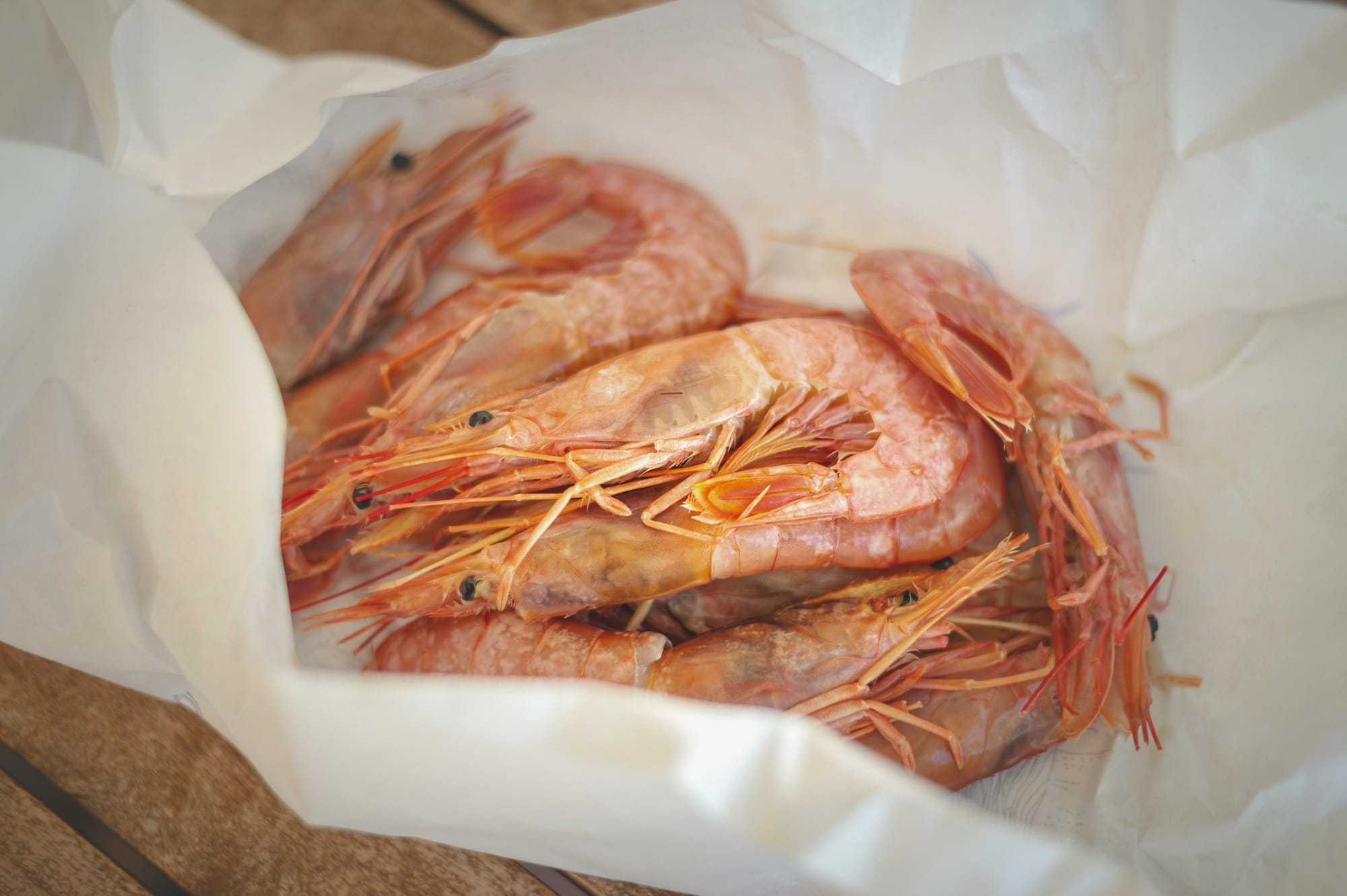
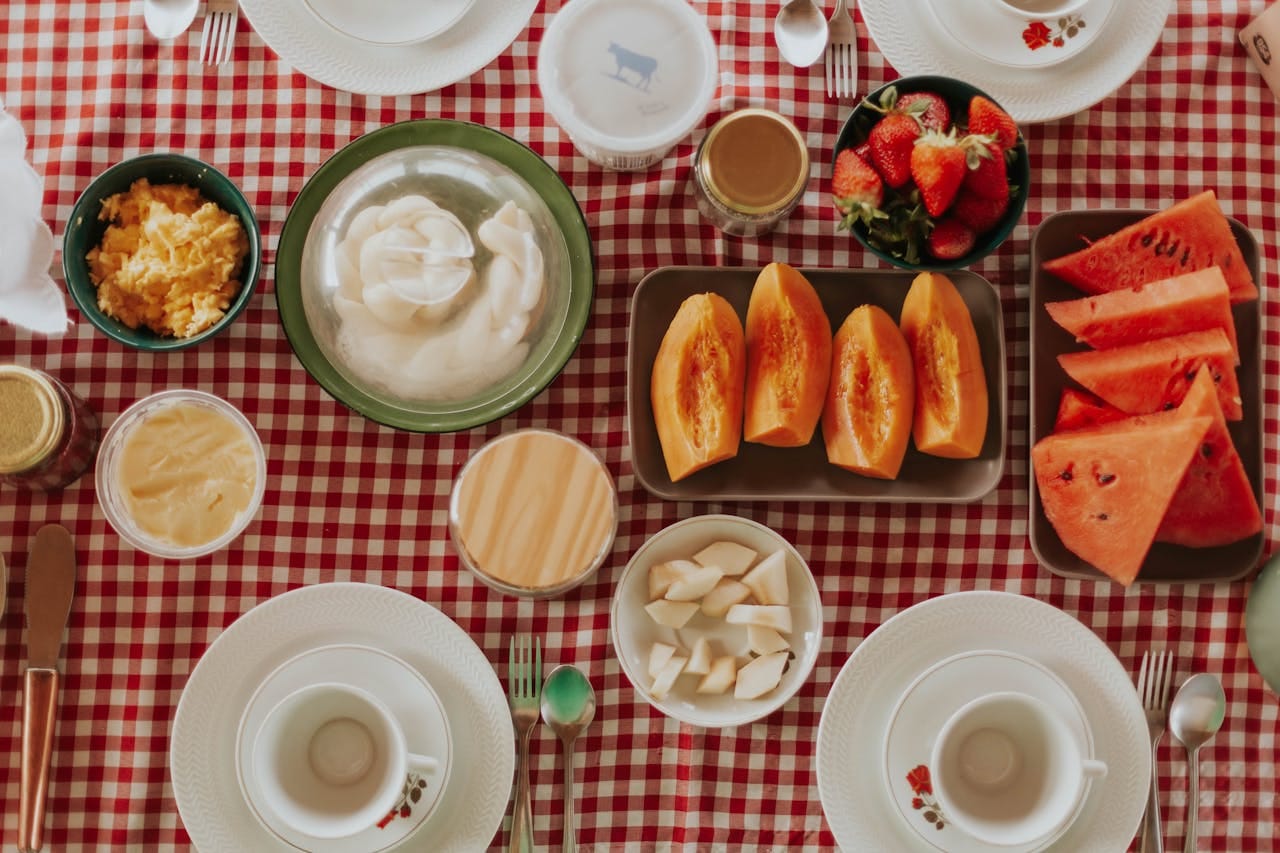
2 Heat Pan – In a large skillet, heat olive oil and 2 tbsp butter over medium heat.
Place a large skillet over medium heat and add the olive oil along with two tablespoons of butter. Allow the butter to melt slowly and mix with the oil, forming a golden, silky base. This combination prevents the butter from burning while giving the dish a rich flavor. Heat until it starts to gently sizzle—this means the pan is ready for the garlic.
3 Cook Garlic – Add minced garlic and sauté for about 1 minute until fragrant.
Add the minced garlic to the hot skillet and stir continuously for about one minute. The goal is to gently toast the garlic until fragrant and slightly golden. Be careful not to overcook—it should smell aromatic, not bitter. This step infuses the oil and butter with a deep, savory flavor that will coat the shrimp beautifully as they cook.
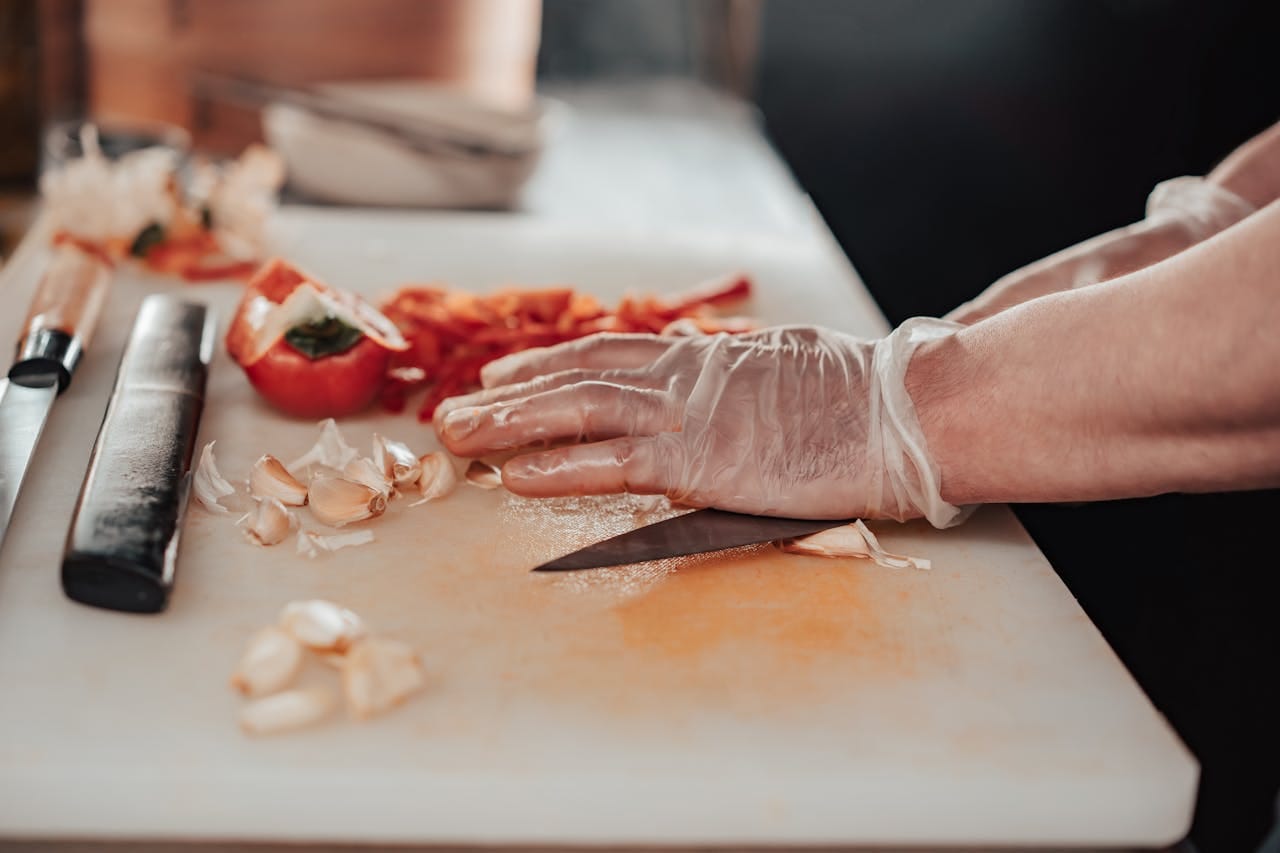
4 Cook Shrimp – Add shrimp in a single layer. Cook 1–2 minutes per side until pink and opaque.
Arrange the shrimp in a single layer in the pan so they cook evenly. Sear for about one to two minutes on each side until they turn pink and opaque. Flip carefully with tongs and avoid overcooking, as shrimp can quickly become rubbery. The high heat caramelizes the outside while keeping the inside juicy and tender.
5 Add Flavor – Stir in lemon juice, lemon zest, remaining butter, and parsley. Toss well to coat shrimp evenly.
Once the shrimp are cooked, lower the heat slightly and add the lemon juice, lemon zest, remaining butter, and chopped parsley. Stir gently to coat all the shrimp in the sauce. The lemon brightens the dish, the butter creates richness, and the herbs add freshness. Together, they balance the garlic and shrimp perfectly.
6 Serve – Transfer to a plate and serve immediately with lemon wedges, rice, pasta, or crusty bread.
Transfer the shrimp to a serving platter and spoon the remaining sauce from the pan over the top. Garnish with a sprinkle of parsley and serve with fresh lemon wedges on the side. Pair with rice, pasta, or crusty bread to soak up the flavorful sauce, making this quick dish feel like a restaurant-quality meal.
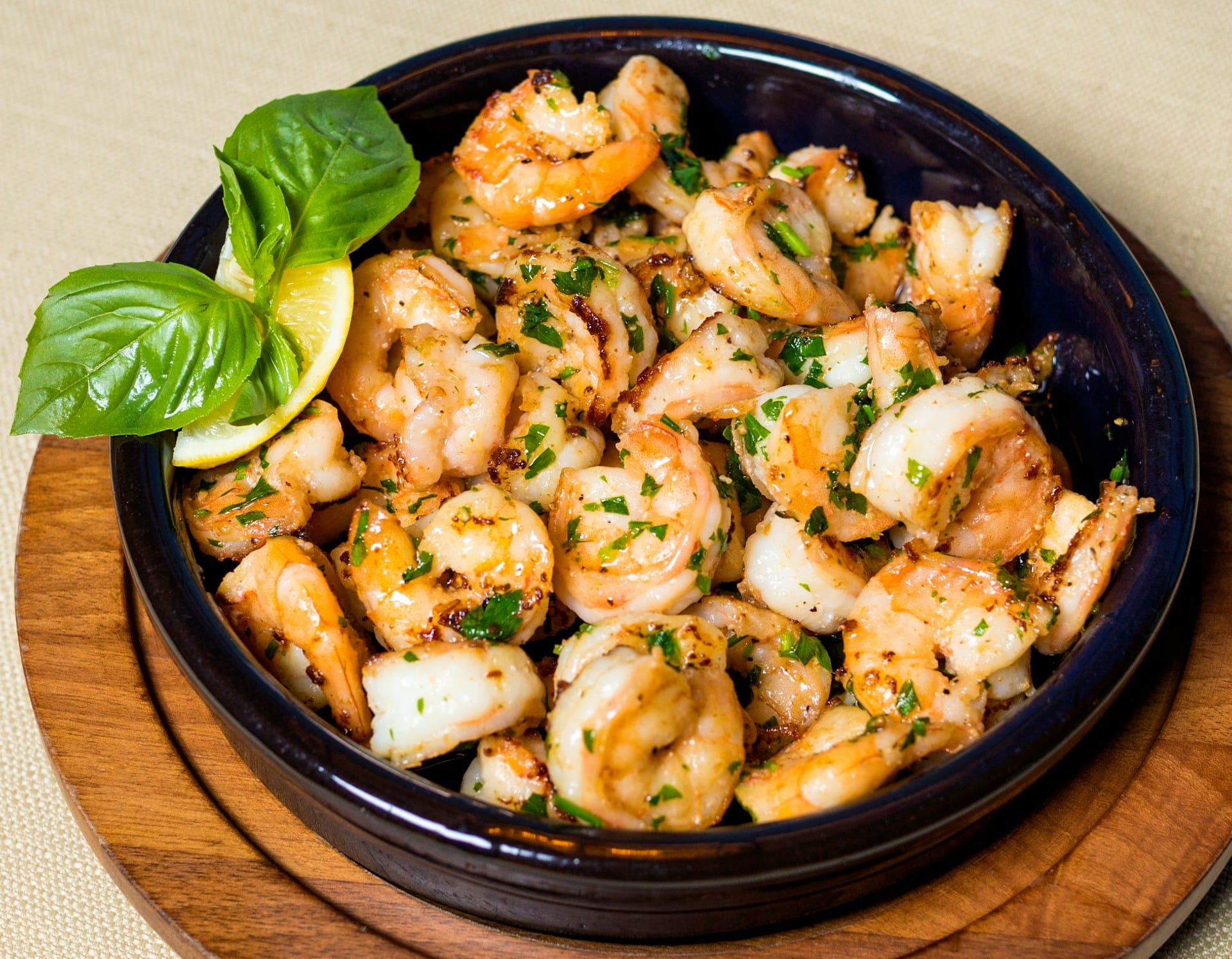
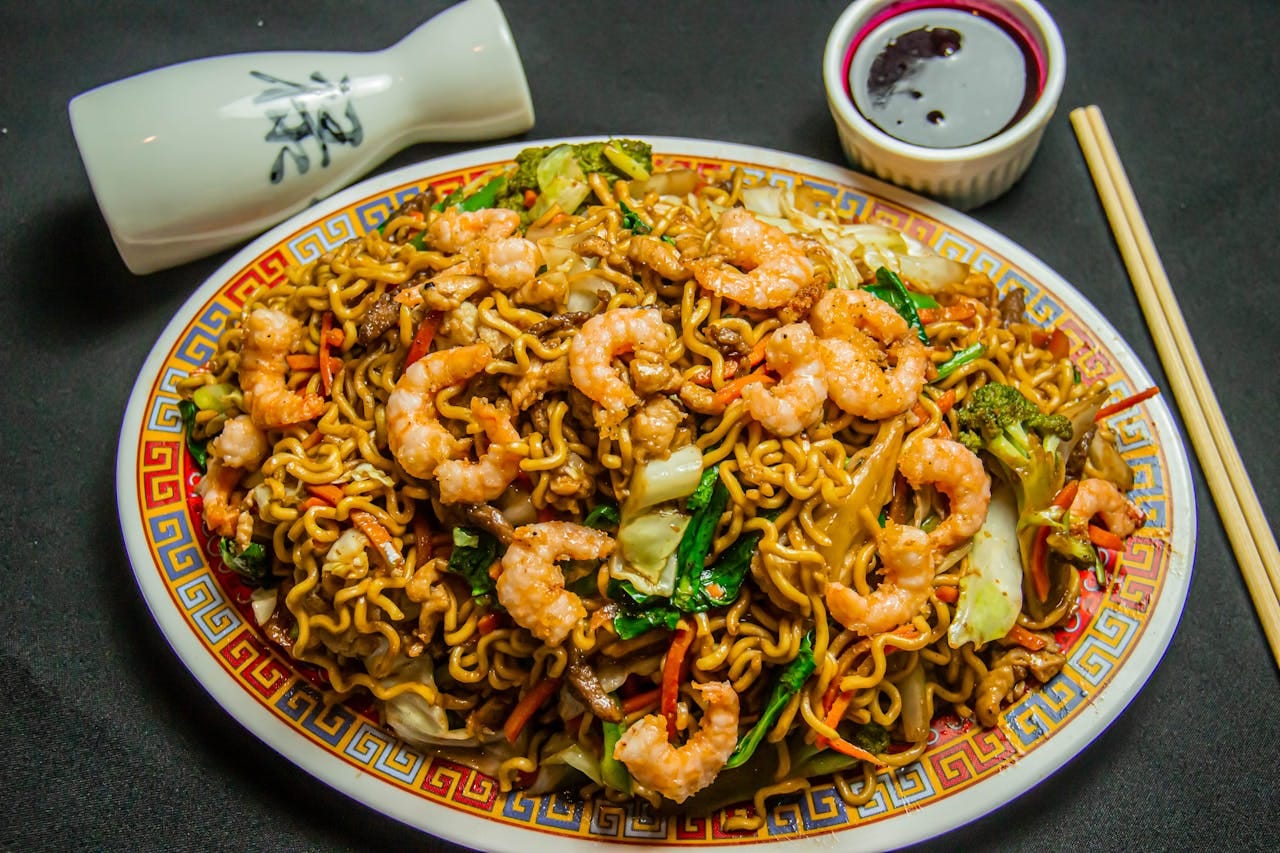
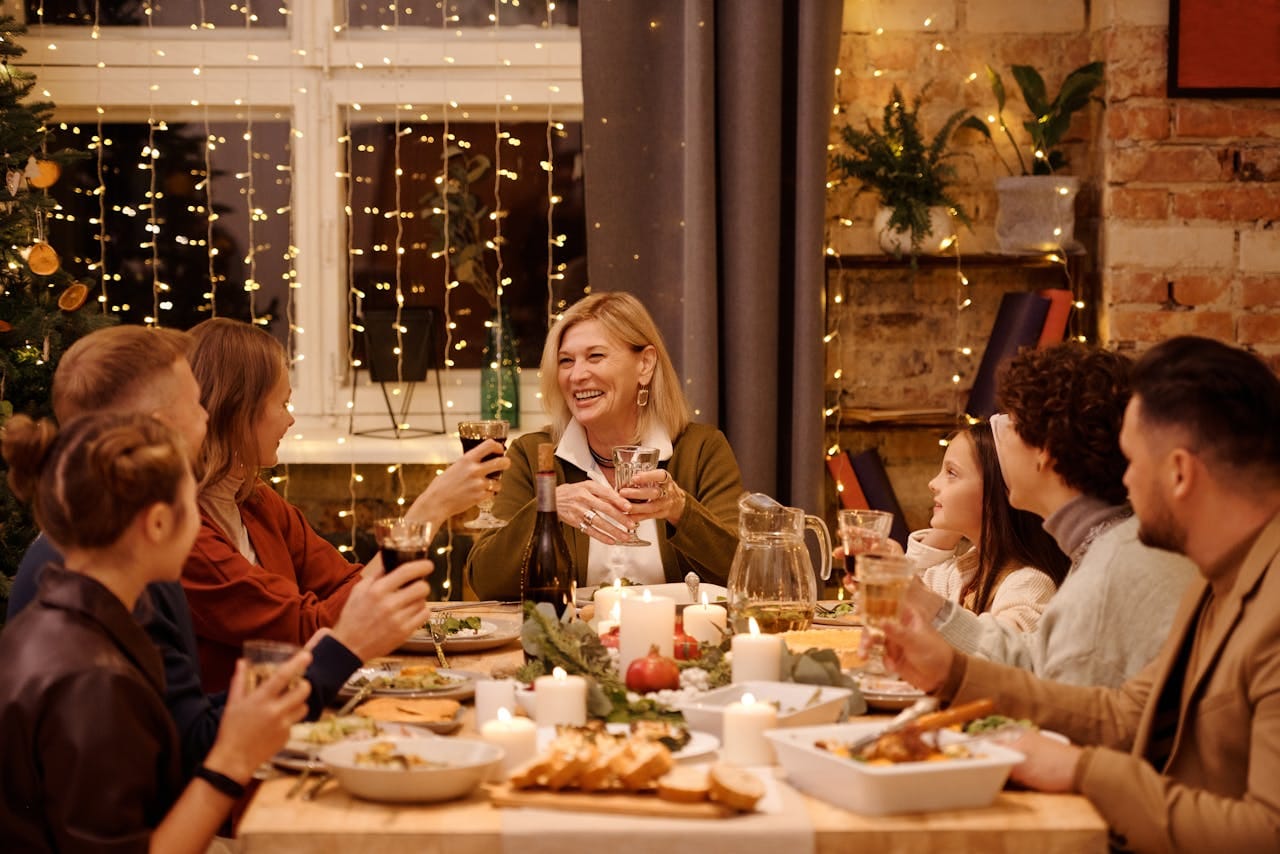
Eating well means knowing what’s on your plate.
This nutrition breakdown gives you a quick look at calories, fat, protein, carbs, and sugar per serving. It helps you balance flavor with health, whether you’re counting macros or just curious. Use it as a simple guide to enjoy your meal with confidence.
Food is more than just fuel for our bodies—it’s a celebration of culture, creativity, and connection. Every bite tells a story, from centuries-old family recipes to modern culinary experiments that push the boundaries of taste. In this article, we’ll explore the diverse world of food, share fun facts, and give tips for enjoying your meals to the fullest.






